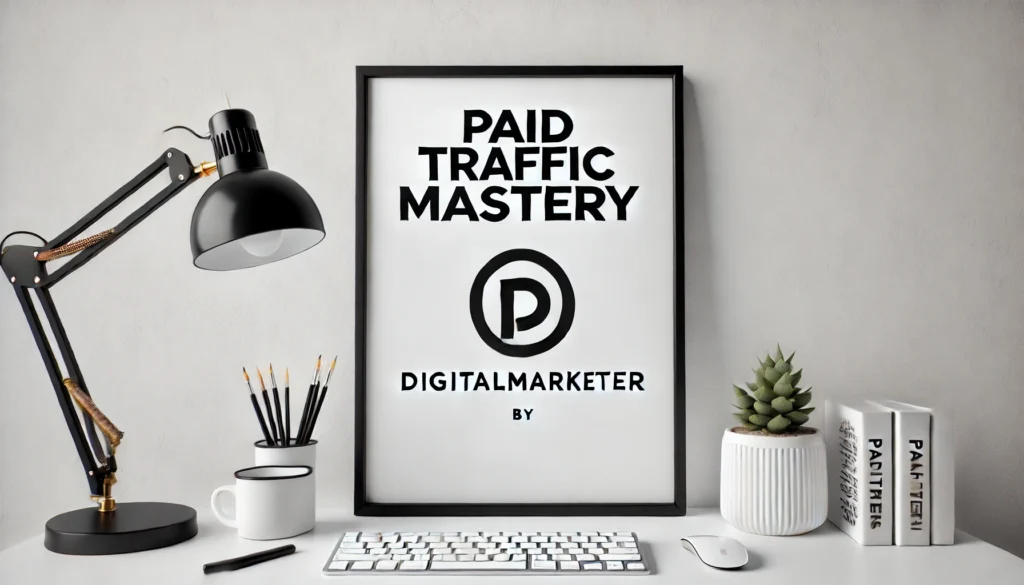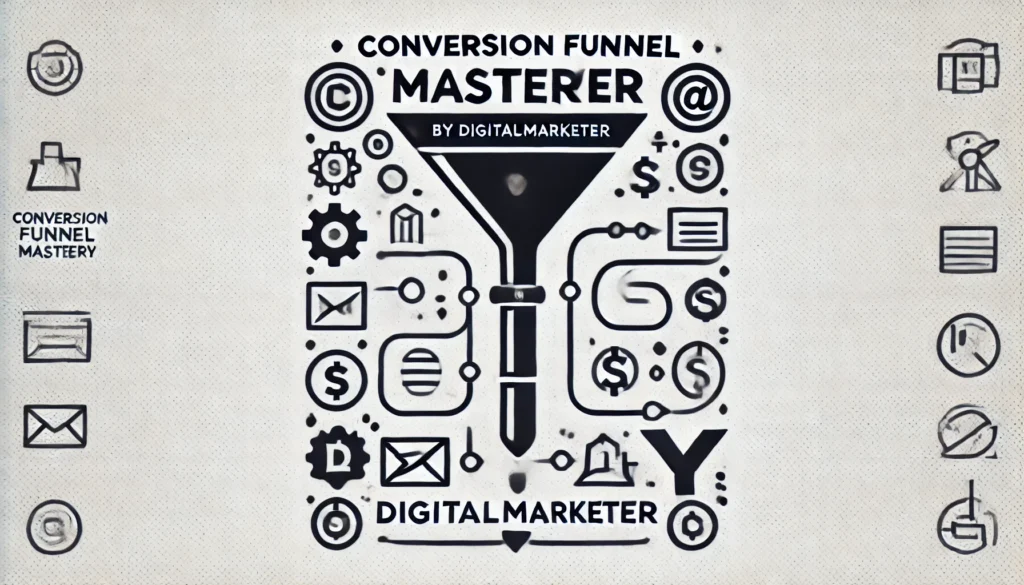Looking to optimize your email marketing funnel? Here’s your ultimate guide!
Email marketing is a powerful tool that can transform various aspects of your business. From branding and referrals to engagement, acquisition, and direct sales, the potential is enormous. In this article, we’ll explore comprehensive strategies to optimize your email marketing funnel, illustrated with real-world examples to enhance your results at every stage.
The Role of Email Marketing
Email marketing boasts the highest ROI among marketing channels, with an average return of $44 for every $1 spent. It plays a crucial role in moving prospects through different stages of the customer journey, ultimately converting them into loyal customers and brand advocates.
Key Functions of Email Marketing:
- Branding: Establish and reinforce your brand identity.
- Referrals: Encourage satisfied customers to refer new prospects.
- Retention: Keep existing customers engaged and coming back.
- Engagement: Foster deeper connections with your audience.
- Acquisition: Attract new customers.
- Reactivation: Re-engage inactive subscribers.
- Direct Sales: Drive immediate sales.
- Traffic: Direct traffic to your landing pages, content, and offers.
Types of Email Campaigns
DigitalMarketer employs five types of email campaigns to guide customers through their journey and re-engage them if they lose interest:
- Indoctrination Campaigns: Welcome new subscribers and introduce them to your brand.
- Engagement Campaigns: Encourage subscribers to interact with your content and offers.
- Ascension Campaigns: Turn first-time buyers into repeat customers.
- Segmentation Campaigns: Segment your list based on interests for more targeted marketing.
- Re-engagement Campaigns: Win back inactive subscribers.
Different Types of Emails
Most businesses focus heavily on promotional emails, often neglecting the importance of relationship-building emails. Effective email marketing requires a mix of transactional, relational, and promotional emails.
Transactional Emails:
- Order confirmations
- Purchase receipts
- Shipping notifications
- Account creation
- Return confirmations
- Support tickets
- Password reminders
- Unsubscribe confirmations
Relational Emails:
- New subscriber welcome emails
- Lead magnet delivery
- Newsletters/blog articles
- Webinar confirmations
- Surveys and review requests
- Social updates
- Contest announcements
- Referral requests
Promotional Emails:
- Promotional content
- New lead magnets
- Sale announcements
- New product releases
- Webinar announcements
- Event announcements
- Trial offers
- Upgrade offers
Strategies for Each Email Type
Transactional Emails: Provide excellent customer service and additional value to build brand loyalty and encourage future sales. For instance, optimize shipping notifications to include upsell opportunities.
Relational Emails: Nurture your subscriber base with valuable, ungated content. This builds trust and keeps your brand top-of-mind. For example, send a helpful blog post or an invitation to a free webinar.
Promotional Emails: Drive sales by highlighting special offers and new products. For instance, a well-timed sale announcement can boost revenue significantly.
Two Send Types: Broadcast and Triggered Emails
Broadcast Emails: Sent to all or specific segments of your subscribers, typically for promotions or newsletters.
Triggered Emails: Automatically sent based on subscriber actions, such as new subscriber welcome emails, lead magnet delivery, registration confirmations, purchase receipts, segmented promotions, referral requests, cart abandonment emails, and re-engagement emails.
Creating Your Promo Calendar
Monthly Planning Worksheet:
- Define your 12-month revenue goals.
- Identify non-revenue goals.
- Schedule holiday and annual promotions.
- Consider seasonality.
- Break down revenue goals monthly.
- Brainstorm additional promo ideas.
- Spot-check and adjust your plans.
90-Day Rolling Calendar:
- Plan promotions to ensure consistent engagement and sales.
- Mix activation, segmentation, and monetization campaigns.
- Include at least one value-driven, ungated content email weekly.
Email Campaign Creation
Indoctrination Campaigns: Introduce new subscribers to your brand, highlight benefits, set expectations, and encourage engagement. For example, send a welcome email followed by a couple of emails showcasing your best content.
Engagement Campaigns: Turn subscribers into buyers by nurturing their interests. Use a series of emails to provide valuable content and gentle nudges towards purchasing.
Ascension Campaigns: Encourage repeat purchases by reinforcing the value of your products and offering upsells. For example, follow a successful purchase with emails highlighting complementary products or services.
Segmentation Campaigns: Send targeted content to subscribers based on their interests and behaviors. This ensures relevance and higher engagement rates. For instance, use webinars or flash sales to segment your audience by interest.
Re-engagement Campaigns: Win back inactive subscribers with targeted campaigns that remind them of the value of your content and offers. Use compelling subject lines and valuable content to rekindle their interest.
Crafting Effective Emails
Subject Lines:
- Use curiosity, benefits, urgency, and proof-based subject lines to increase open rates.
- Keep subject lines short (6-10 words) and use personalization to catch attention.
Body Copy:
- Answer key questions: Why now? Who cares? Why should they care? How can you prove it?
- Use a mix of curiosity, benefits, urgency, and proof in your email body.
- Structure your emails with a clear intro, body, close, and P.S.
CTA Optimization:
- Pose benefit-driven questions.
- Connect proof with the product.
- Lead them to “Yes.”
- Show them the after.
- Use social proof and scarcity in your P.S.
Tracking and Measuring Results
Benchmarking:
- Chart broadcast emails for the past 3, 6, and 12 months.
- Establish averages for opens, clicks, unsubscribes, complaints, and forwards.
- Identify irregularities and patterns to set realistic goals.
Key Metrics:
- Weekly: Analyze opens, clicks, unsubscribes, and complaints.
- Monthly: Look for emerging trends in email performance.
Email Deliverability
Proving You’re Not a Spammer:
- Mailer Reputation: Consistent volume, high delivery rate, clean blacklist status.
- Sender Infrastructure: SPF, Sender ID, DKIM, and feedback loops.
- Subscriber Engagement: High open rates, scroll rates, low bounce, and complaint rates.
Monitoring Deliverability:
- Use tools like MailMonitor, Sender Score, and EmailReach to track your performance and address issues promptly.
Ready to optimize your email marketing funnel? Start implementing these strategies today and watch your business grow!

